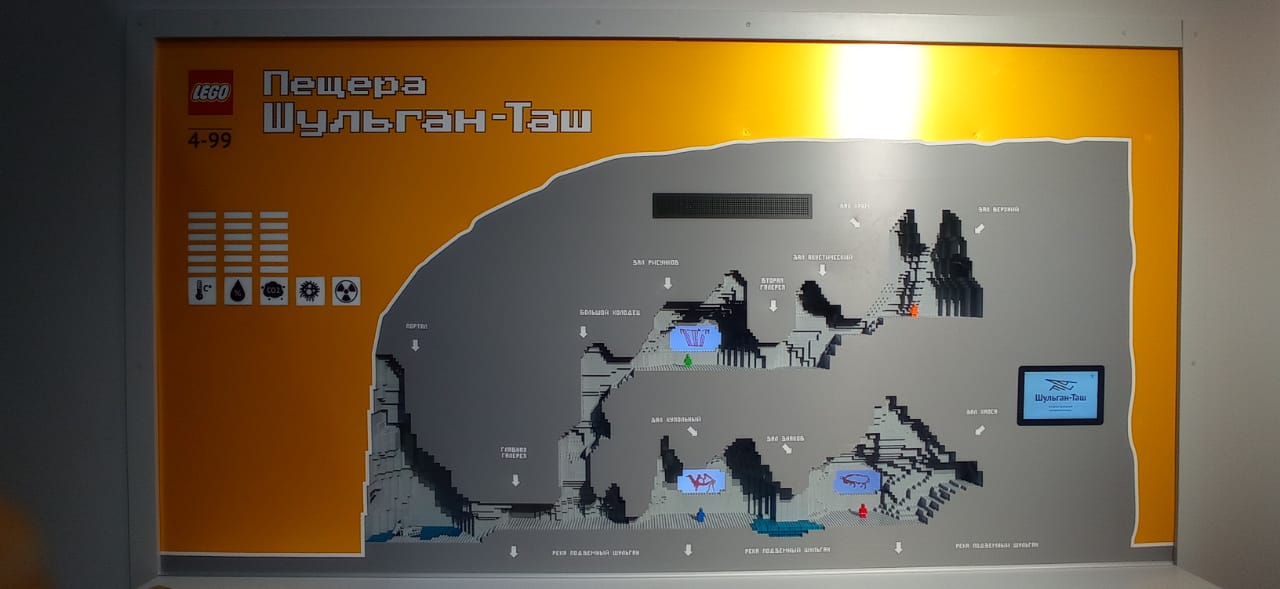Hello friends!
I am doing an interesting project for children, a cave made of lego in which 9 Pixy2.1 cameras are installed, which count the number of I2C signatures (colored lego men) in different places.
At first I wanted to count from the serial port from Arduino, but I faced the limitation of 4 cameras, then I decided directly with RPI4 (Python) with smbus following the example of pixycamev3 excluding ev3dev2._
https://github.com/charmedlabs/pixycamev3/blob/main/samples/python3/cp_display_block.py
by referring to the function def get_blocks(self, sigmap, max_blocks) of the module pixy2.py
https://github.com/charmedlabs/pixycamev3/blob/main/pixycamev3/pixy2.py
I can’t get the same data as (Arduino_I2C_example)
Please tell me how to correctly count the number of each signature, the total number of signatures and the color of the signature (given in the camera setup)
module pixy2.py:
import os, sys
from time import sleep
from smbus import SMBus
class Pixy2:
def __init__(self, i2c_address):
self.i2c_address = i2c_address
self.pixy2 = SMBus(1)
def pixy2_request(self, request, response_type):
""" Send request to Pixy2, return header on success or error on fail."""
times_tried = 0
while True:
times_tried += 1
if times_tried == 10:
# Tried sending 10 times without success, raise error
msg = 'Fault in serial communication.'
# raise Pixy2CommunicationError(msg, 'Pixy2CommunicationError')
else:
# Send requeat to Pixy2
self._i2c_write(request)
# Read header of response
header = self._i2c_read(6)
# Check header for success or fail
err = self._check_header(header, response_type)
if err == 'NO_ERROR':
# Successful request, break out of loop and return header
break
else:
# Request not successful, try again
pass
return header
def _check_header(self, header, packet_type):
err = 'NO_ERROR'
return err
def _i2c_write(self, data):
self.pixy2.write_i2c_block_data(self.i2c_address, 0, data)
def _i2c_read(self, length):
""" Read data from Pixy2."""
response = self.pixy2.read_i2c_block_data(self.i2c_address, 0, length)
return response
def set_lamp(self, upper, lower):
""" Turn on/off upper and lower LED's of Pixy2 (0=off, 1=on)."""
data = [174, 193, 22, 2, upper, lower]
response_type = 1
self.pixy2_request(data, response_type)
def get_blocks(self, sigmap, max_blocks):
""" Get blockdata for sigmap."""
blocks = []
# Request data
data = [174, 193, 32, 2, sigmap, max_blocks]
response_type = 33
header = self.pixy2_request(data, response_type)
length_of_payload = header[3]
nr_detected_blocks = int(length_of_payload/14)
# Read and parse data
for b in range(0, nr_detected_blocks):
data = self._i2c_read(14)
blocks.append(Block())
blocks[b].sig = data[1] << 8 | data[0]
blocks[b].x_center = data[3] << 8 | data[2]
blocks[b].y_center = data[5] << 8 | data[4]
blocks[b].width= data[7] << 8 | data[6]
blocks[b].height = data[9] << 8 | data[8]
blocks[b].angle = data[11] << 8 | data[10]
blocks[b].tracking_index = data[12]
blocks[b].age = data[13]
return nr_detected_blocks, blocks
class Block:
""" Datablock with detected signature."""
def __init__(self):
self.sig = None
self.x_center = None
self.y_center = None
self.width = None
self.height = None
self.angle = None
self.tracking_index = None
self.age = None
def __str__(self):
desc = 'sig: {}\nx: {}\ny: {}\nwidth: {}\nheight: {}'.format(
self.sig, self.x_center, self.y_center, self.width, self.height, self.angle, self.tracking_index, self.age)
return desc
main.py:
##!/usr/bin/python
# -*- coding: utf-8 -*-
# !//usr/bin/env python
from time import sleep
from pixy2 import Pixy2
from pixy2 import Block
def main():
block = Block()
pixy2 = Pixy2(0x30)
sigmap = 255
max_blocks = 255
sig = ''
x = ''
y = ''
w = ''
h = ''
a = ''
t = ''
g = ''
while (1):
nr_blocks, block = pixy2.get_blocks(sigmap, max_blocks)
if nr_blocks > 0:
sig = block[0].sig
x = block[0].x_center
y = block[0].y_center
w = block[0].width
h = block[0].height
a = block[0].angle
t = block[0].tracking_index
g = block[0].age
print(sig, t, g)
sleep(0.2)
if __name__ == '__main__':
main()
